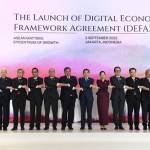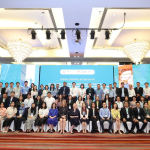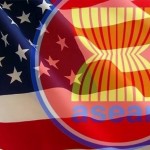Total number of posts 463.
From July 20th to 22nd, 2025, Philippine President Ferdinand Marcos Jr. will travel to the United States to negotiate and convince the Trump administration about the new tariffs the United States imposed on Philippine exports, and to discuss regional defense and security issues.
From July 7th, United States sets a 20% import tariff on Philippine exports, starting August 1st, an increase from the initially proposed 17%. While this rate is still lower than those applied to other ASEAN countries, it poses a significant threat to the Philippines’ export competitiveness, especially in key sectors such as electronics, textiles, and agriculture.
The U.S currently ranks as the Philippines’ second-largest export market, with trade worth USD 14.2 billion annually. Economists warn that higher tariffs could undermine the country’s post-pandemic recovery, impacting millions of workers reliant on export industries. President Marcos Jr. is thus expected to prioritize negotiations for a bilateral trade deal that could ease tariff burdens and preserve market share.
In addition to tariff issues, regional security will be another key focus of this visit. Tensions have been rising in the South China Sea, where Chinese maritime militia forces have clashed with the Philippine Coast Guard, heightening Manila’s concerns over its territorial defense. The Philippines hopes to expand the Enhanced Defense Cooperation Agreement (EDCA) with the U.S., allowing for a greater American military presence at Philippine bases, enhanced real-time intelligence sharing, and rapid response mechanisms to maritime emergencies.
This strategic upgrade reflects Manila’s shift from viewing EDCA as merely a disaster relief framework towards a multi-layered defense partnership with Washington, aimed at countering China’s assertive activities in the region.
Source: Compiled by the Multilateral Trade Policy Department, Ministry of Industry and Trade of Viet Nam














